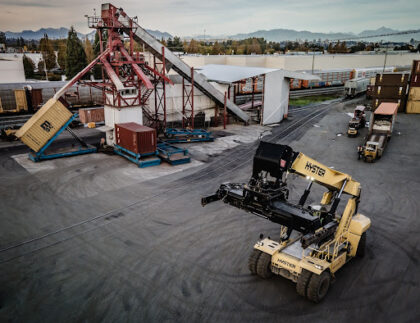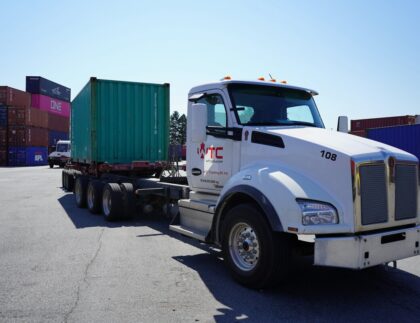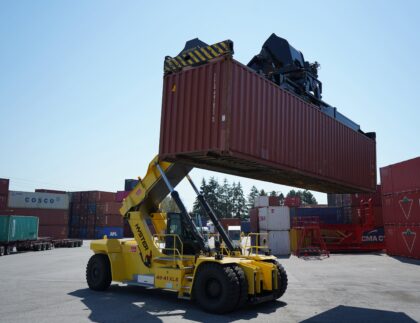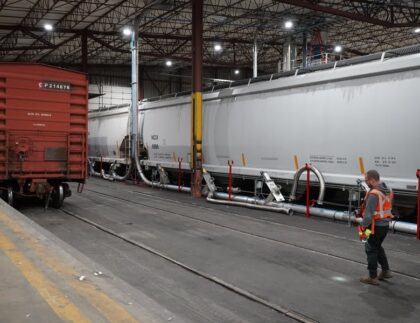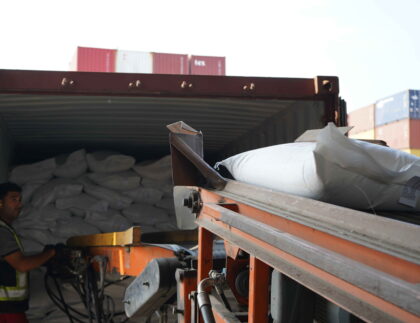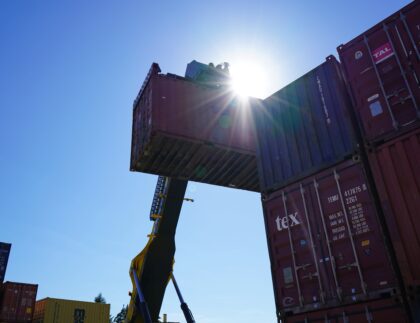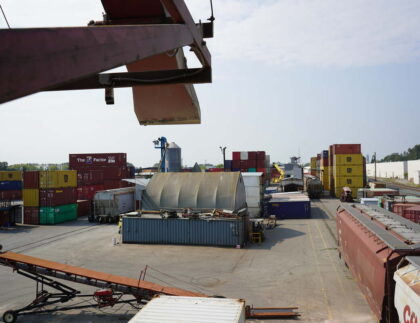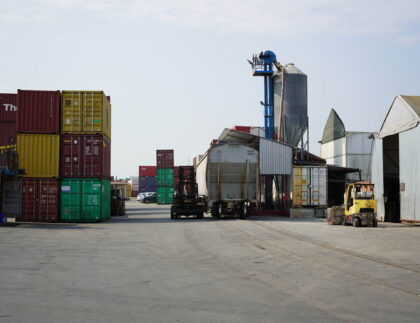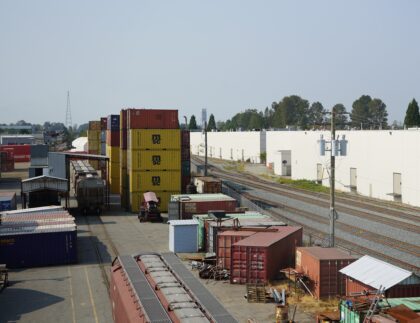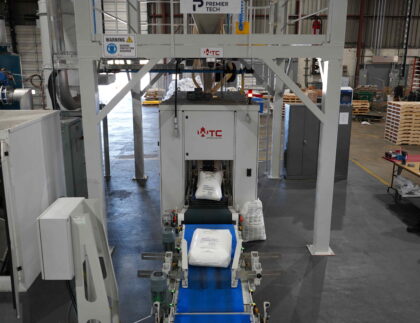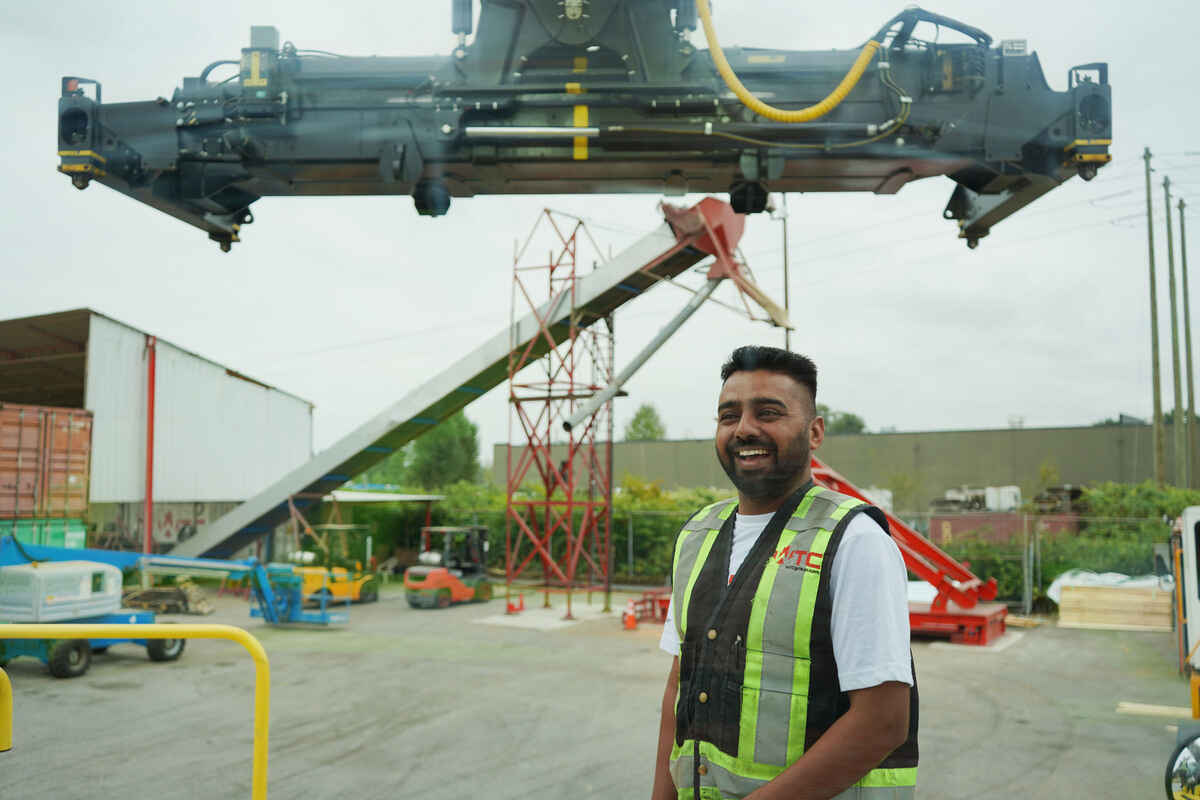
Modern logistics services can be quite complex. It’s not enough to simply find the quickest path from the farm to the user. Whether you’re shipping goods around Canada or globally, it’s crucial to find the most efficient shipping methods that are cost-effective, sustainable, and fast. Depending on the point of origin and destination, you may need to use trains, trucks, or ships. Here are some terms to understand within logistics to help you find the best solutions for your needs.
What Is Transloading?
Transloading is a specialized activity in the logistics industry whereby the product being shipped is transferred between means of conveyances. Here is a typical example involving the movement of commercial grains and crops:
- Grain is loaded into a railcar in Saskatchewan.
- The railcar takes the grain to a transload facility in Vancouver.
- The facility transfers the grain to an ocean container to be trucked to the port.
- The port receives the container and is loaded onto a vessel.
- The container makes the trip across the water to its final destination.
- If required, the container is transferred onto another truck for final delivery to the end user.
.
Transloading can help bridge the gap in places where rail service is unavailable or more efficient methods of transportation can be exploited, but it has many other benefits for shippers and their customers.
How Is Transloading Different from Intermodal Shipping?
Many people use the two terms interchangeably, but there is a subtle difference between transloading and intermodal shipping. In intermodal shipping, a container is transferred between shipping modes. Once the product is in its container, it stays in the container until it reaches its destination. Transloading involves loading or unloading a container and therefore offers more flexibility along the route than intermodal shipping.
What Are the Benefits of Transloading?
One of the most significant benefits of transloading is the accessibility to rail services, which are generally the most cost-effective solution. Through transloading services, your product can be transferred to trains or containers at the transloading facilities, saving you time and money. Many transloading facilities offer warehousing and storage, reducing the need to invest in equipment or infrastructure to get your product to market.
Transloading Increases Your Market Reach
Through third-party logistics services, you can connect your product to many different customers because you have more options. Transloading facilities have their own networks for logistic services, helping you find the most effective way to get your product to its destination. Utilizing the storage and warehousing capabilities of transloading facilities, you can ship larger orders to different markets and break up into smaller orders to save on shipping costs.
Grow Your Business without Investing in Infrastructure
Transloading facilities have the capacity to adapt to your business. You can count on your logistics supplier to accommodate your needs when you have a shipping opportunity. You won’t have to worry about finding additional trucks or rail cars. Ship more while saving money by letting your logistics company deal with the details.
Streamline Your Logistics with Transloading Specialists
WTC Group has over 20 years of experience in logistics. We specialize in grain and special crops. You can count on our expertise to find the most reliable and cost-effective shipping solutions within our network of partners that we’ve built over the past two decades.
Contact us to learn more about our logistics and transloading services.


